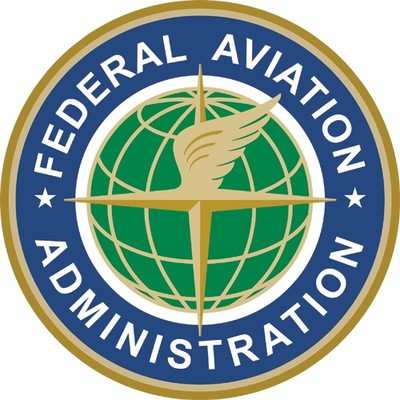Fri, Apr 27, 2018
No Longer Requires The Applicant To Supply A Complex Airplane For Practical Test
The FAA has issued a notice outlining a change in policy regarding testing applicants for a commercial pilot or flight instructor certificate, regardless whether the training was received under Title 14 of the Code of Federal Regulations (14 CFR) part 61 or 141.

Specifically, it outlines the policy which no longer requires applicants for a commercial pilot certificate with an airplane single-engine rating to provide a complex or turbine-powered airplane for the associated practical test and no longer requires applicants for a flight instructor certificate with an airplane single-engine rating to provide a complex airplane for the practical test.
According to the FAA, many pilots seeking a commercial pilot or flight instructor certificate in the airplane category take the initial practical test in a single-engine airplane. Training providers have noted that there are far fewer single-engine complex airplanes available to meet the airplane requirements outlined in the Airman Certification Standards (ACS) or Practical Test Standards (PTS), as applicable, and the single-engine complex airplanes that are available are older airplanes that are expensive to maintain. The FAA recognizes that accomplishing the required testing in either a single-engine complex airplane or turbine-powered airplane has become cost-prohibitive for flight schools.
The ACS for an initial commercial pilot certificate with an airplane category and single-engine class rating requires the applicant to provide a complex or turbine-powered airplane for the practical test. Similarly, the FAA PTS for the issuance of a flight instructor certificate with an airplane category and single-engine class rating requires the applicant to provide a complex airplane for the practical test.
As stated above, there are far fewer single-engine complex airplanes available to meet the ACS/PTS requirement, and the single-engine complex airplanes that are available are older airplanes that are expensive to maintain. Additionally, the FAA finds that removing the commercial pilot ACS requirement to furnish a complex or turbine-powered airplane and removing the flight instructor PTS requirement to furnish a complex airplane will achieve the same objectives. The FAA has determined that removing these ACS/PTS requirements will significantly reduce costs for persons pursuing a commercial pilot or flight instructor certificate by allowing applicants to utilize less-expensive airplanes on the practical test that are not complex or turbine-powered.
The FAA has determined that any airplane may be used to accomplish the tasks prescribed in the initial commercial pilot with an airplane single-engine rating practical test or a flight instructor with an airplane single-engine rating practical test, provided that airplane is capable of accomplishing all areas of operation required for the practical test and is the appropriate category and class for the rating sought. Therefore, the airplane used for the practical test must still meet the requirements specified in § 61.45.
(Source: FAA)
More News
Aero Linx: Transport Canada We are a federal institution, leading the Transport Canada portfolio and working with our partners. Transport Canada is responsible for transportation p>[...]
Gross Navigation Error (GNE) A lateral deviation from a cleared track, normally in excess of 25 Nautical Miles (NM). More stringent standards (for example, 10NM in some parts of th>[...]
From AirVenture 2017 (YouTube Edition): Flight-Proven Booster On Display At AirVenture… EAA AirVenture Oshkosh is known primarily as a celebration of experimental and amateu>[...]
Aircraft Parachute System (CAPS) Was Deployed About 293 Ft Above Ground Level, Which Was Too Low To Allow For Full Deployment Of The Parachute System Analysis: The day before the a>[...]
Also: 48th Annual Air Race Classic, Hot Air Balloon Fire, FAA v Banning 100LL, Complete Remote Pilot The news Piper PA-18 Super Cub owners have been waiting for has finally arrived>[...]
 ANN's Daily Aero-Linx (06.29.25)
ANN's Daily Aero-Linx (06.29.25) ANN's Daily Aero-Term (06.29.25): Gross Navigation Error (GNE)
ANN's Daily Aero-Term (06.29.25): Gross Navigation Error (GNE) Classic Aero-TV: Anticipating Futurespace - Blue Origin Visits Airventure 2017
Classic Aero-TV: Anticipating Futurespace - Blue Origin Visits Airventure 2017 NTSB Final Report: Cirrus SR22
NTSB Final Report: Cirrus SR22 Airborne Affordable Flyers 06.26.25: PA18 Upgrades, Delta Force, Rhinebeck
Airborne Affordable Flyers 06.26.25: PA18 Upgrades, Delta Force, Rhinebeck



